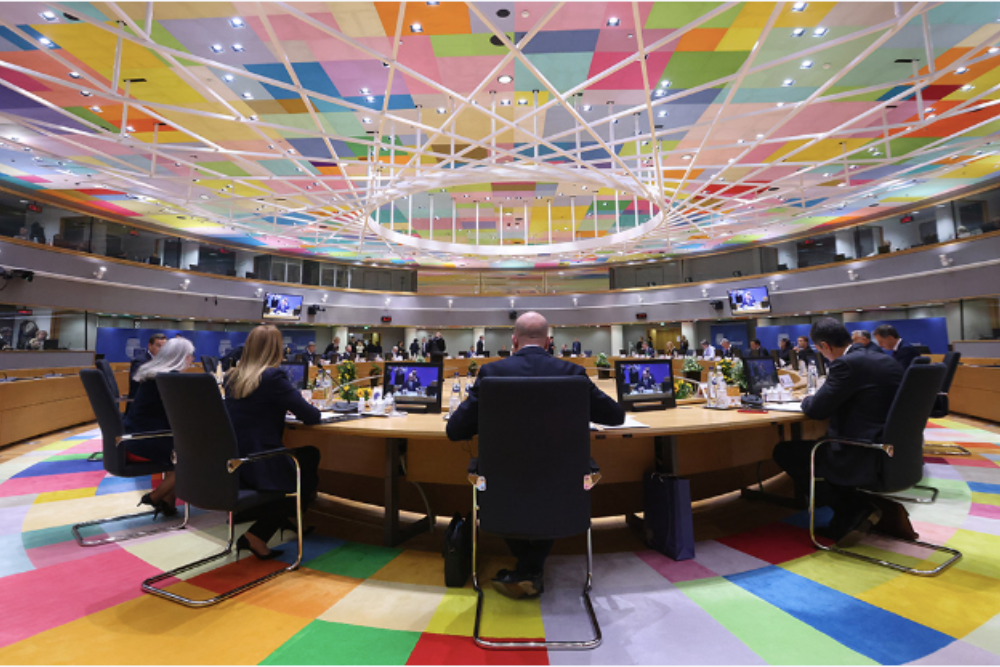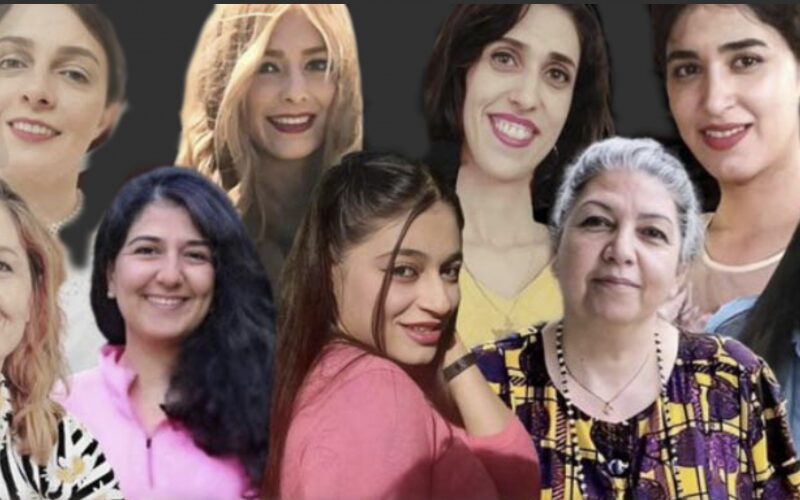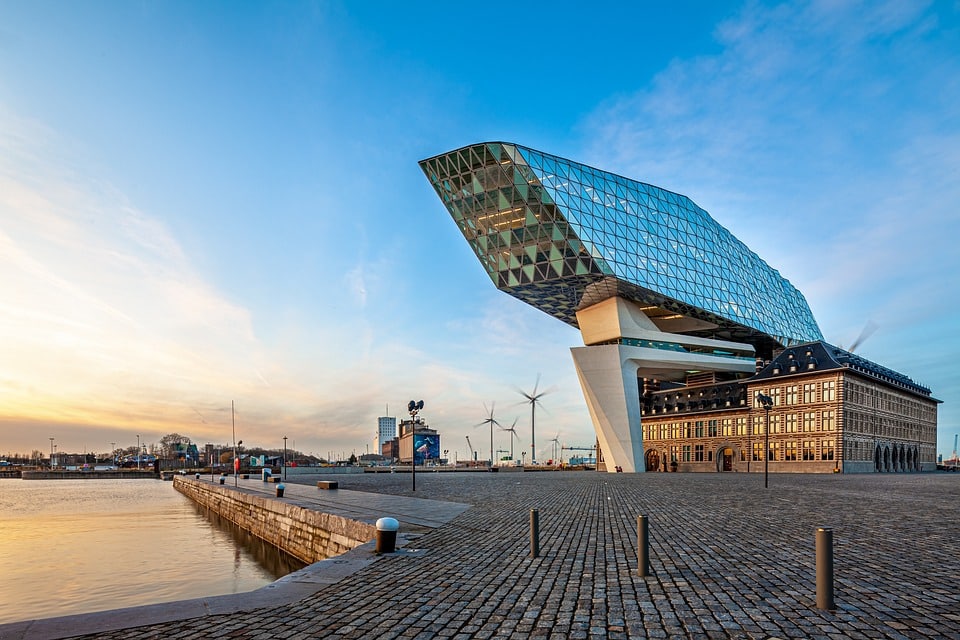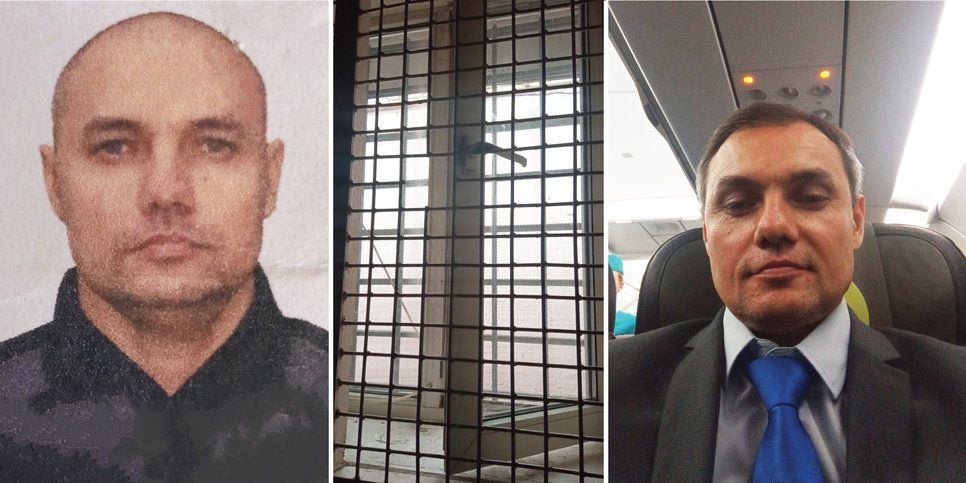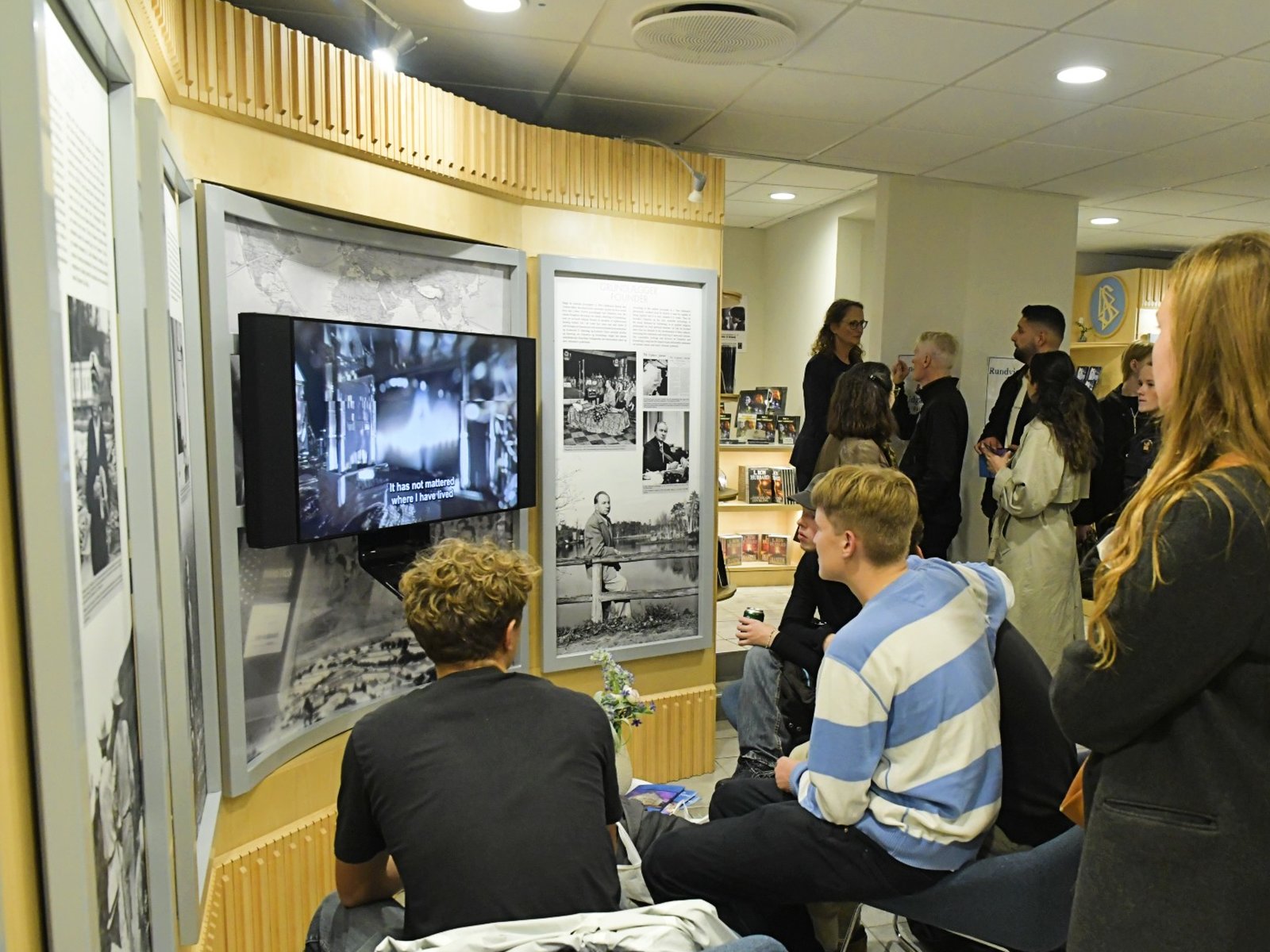Impacts from textiles and the role of design and circular business models
The EEA briefing ‘Textiles and the environment: The role of design in Europe’s circular economy’ provides updated estimates of textiles’ life-cycle impacts on the environment and climate.
The briefing shows that, compared with other consumption categories, textiles caused in 2020 the third highest pressures on water and land use, and the fifth highest use of raw materials and greenhouse gas emissions. Per average person in the EU, textile consumption required 9 cubic metres of water, 400 square metres of land, 391 kilogrammes (kg) of raw materials, and caused a carbon footprint of about 270 kg. The vast majority of the resource use and emissions took place outside of Europe.
The briefing also looks at how circular business models and design can reduce the negative impacts from textile production and consumption by retaining the value of textiles, extending their life cycles and increasing the usage of recycled materials. This requires technical, social and business innovation, supported by policy, education and changes in consumer behaviour.
A key aspect to increase textile products’ circularity is their design. Circular design — such as careful material selection, timeless look or garment multi-functionality — can allow for longer use and reuse of products, extending the life cycle of textiles. According to the EEA briefing, optimising resource use and reducing emissions at production stage would also mitigate negative impacts as would better collection, reuse and recycling of discarded textiles.
Reducing microplastic pollution
Textiles are a major source of microplastic pollution, mainly through wastewater from washing cycles, but also through manufacturing, wearing, and end-of-life disposal of garments. The EEA briefing ‘Microplastics from textiles: towards a circular economy for textiles in Europe’ looks at this specific type of pollution, highlighting three key prevention measures: sustainable design and production, controlling emissions during use and improved end-of-life processing.
According to the EEA briefing, pollution could be reduced, for example, by using alternative production processes and pre-washing of garments at manufacturing sites with proper filtering of wastewater. Other promising measures that could be introduced or scaled up include integrating filters into household washing machines, developing milder detergents, and generally taking better care of garments. Finally, textile waste collection, wastewater treatment and management would further reduce leaks to environment.
Find out more
Both EEA briefings summarise more detailed technical reports by the EEA’s European Topic Centre on Waste and Materials in a Green Economy (ETC/WMGE):
– Textiles and the environment: The role of design in Europe’s circular economy
– Microplastic pollution from textile consumption in Europe



